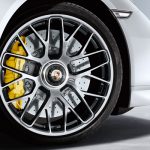The 19 Most Ground-breaking Concept Cars.
A concept car is a vehicle produced to showcase exciting new styling or technology. It can be powered by a traditional gas engine, a futuristic hydrogen cell and sometimes by a miniature nuclear reactor. But at their core, all concept cars are driven by the most powerful powertrain of them all: ideas.
Concept cars represent some of the boldest, most innovative and sometimes far-fetched vehicles ever built. Some took inspiration from movies, while others sprang from the imagination of an engineer, but each uniquely expresses the power of an ‘idea’.
Stout Scarab
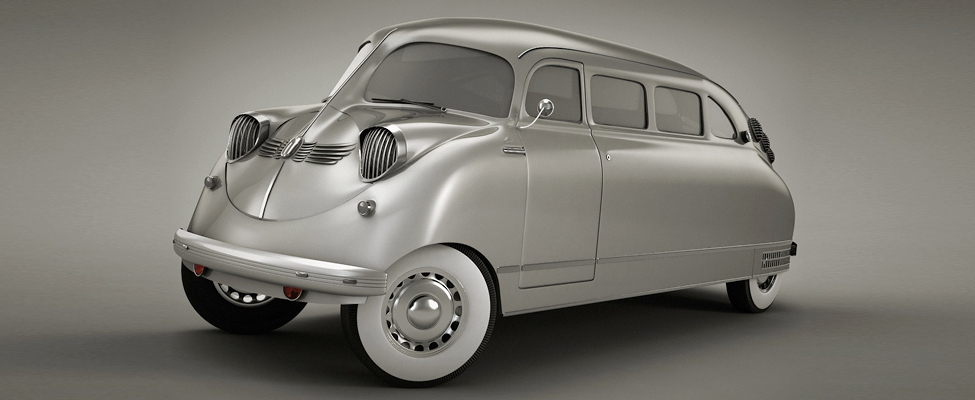
The 1936 Stout Scarab is the precursor to the modern minivan. This experimental prototype took its name and its shape from the African Scarab beetle. Although it did not have rear-view mirrors it did feature an all-wicker interior and seven unanchored seats. Passengers could load up through a single large common door, endlessly reconfigure the seating arrangement and even play poker on the foldable card table.
Alfa Romeo BAT 5, BAT 7, and BAT 9
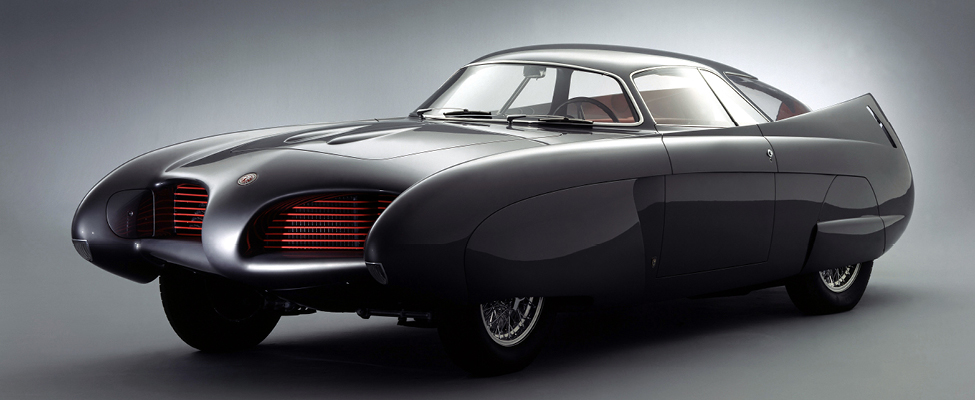
Built in 1953, the Alfa Romeo BAT 5.
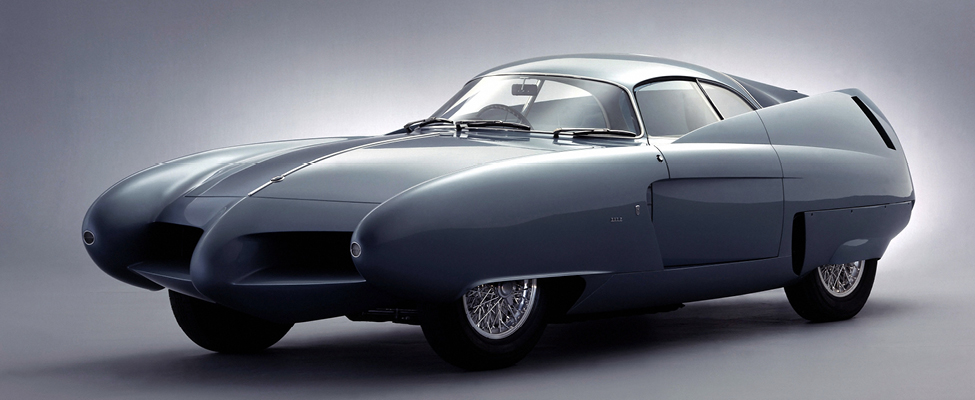
The Alfa Romeo BAT 7 followed in 1954.
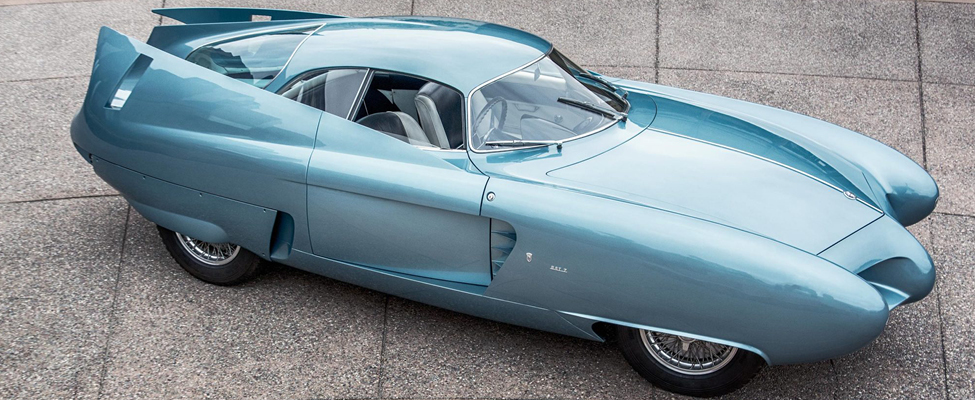
The 1955 Turin Motor Show featured the final Alfa Romeo BAT 9.
Alfa Romeo designed this trio of vehicles as styling exercises to push the limits of aerodynamics while remaining ‘eye candy’. In fact, the drag coefficient is comparable to today’s cars. Although the name and aesthetic seem to take inspiration from the Batmobile, the name is actually an acronym for “Berlinetta Aerodinamica Tecnica”.
Ford Nucleon
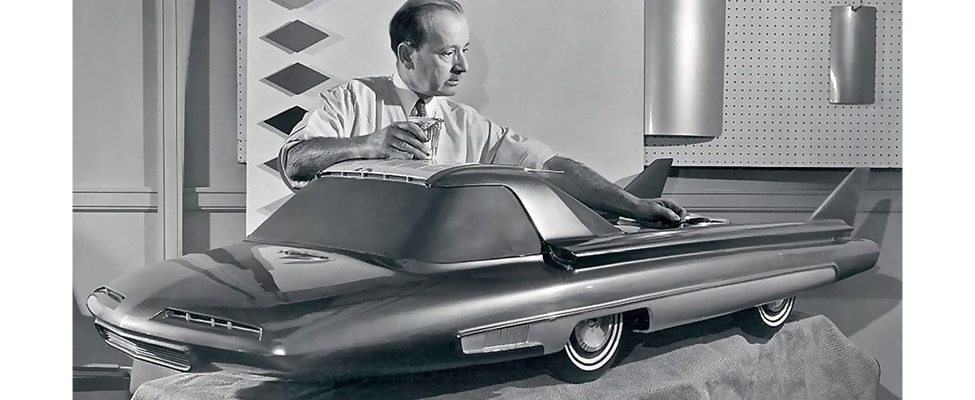
The Ford Nucleon only existed as a 3/8th scale model. That’s because technology hadn’t caught up to Ford’s imagination and hopefully, it never will. Ford built this atomic automobile thinking nuclear-fission technology would soon be advanced enough to power personal vehicles. In 1958, Ford thought gas engines were obsolete because nuclear reactors would soon be compact, safe and affordable. A vehicle with the power to turn a fender-bender into a nuclear meltdown is truly a mindboggling concept.
Ford Gyron
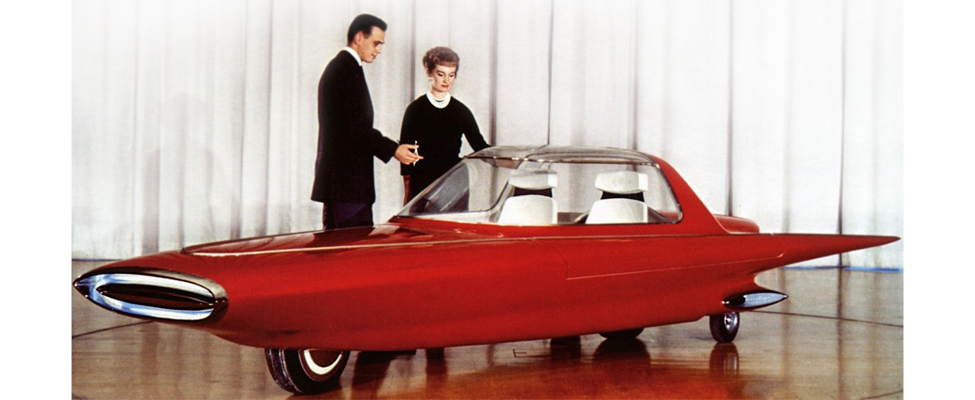
At the Detroit Motor Show in 1961, Ford unveiled a two-wheeled concept car: the Gyron. When in motion, gyroscopes stabilized the futuristic vehicle. To park the Ford Gyron, two small legs appeared from the sides to keep the two occupants, upright. Unfortunately, only the studio model remains today as the original was destroyed in the 1962 Ford Rotunda fire.
Maserati Boomerang
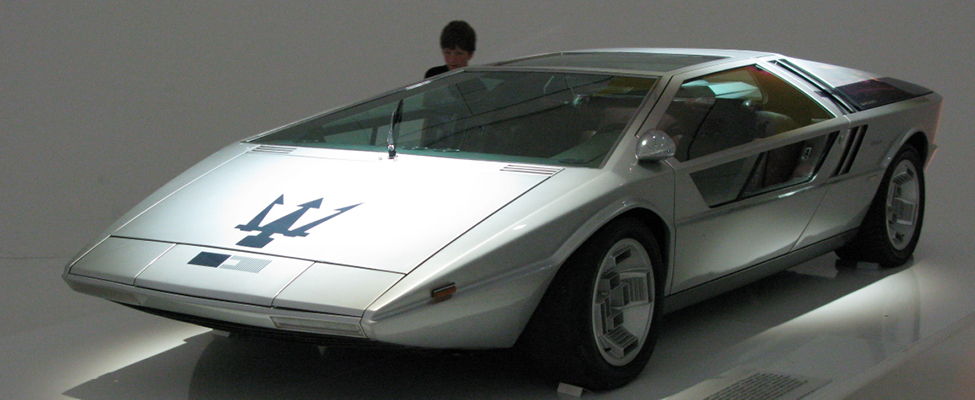
First revealed at the Turin Motor Show in 1971, the Maserati Boomerang was designed by the most influential automobile designer of the 20th century: Giorgetto Giugiaro. The design of the Maserati Boomerang resonated strongly and inspired many future designs including the 1972 Maserati Bora, and the 1981 DMC DeLorean. Beneath the beautiful exterior is an unconventional dashboard showing the RPMs, fuel, and oil pressure but no speedometer. The one-off concept car, valued at $4 million, is currently under private ownership and makes appearances at historic car shows every few years. In 2015, it sold at auction for £3,023,010.
Citroën Karin
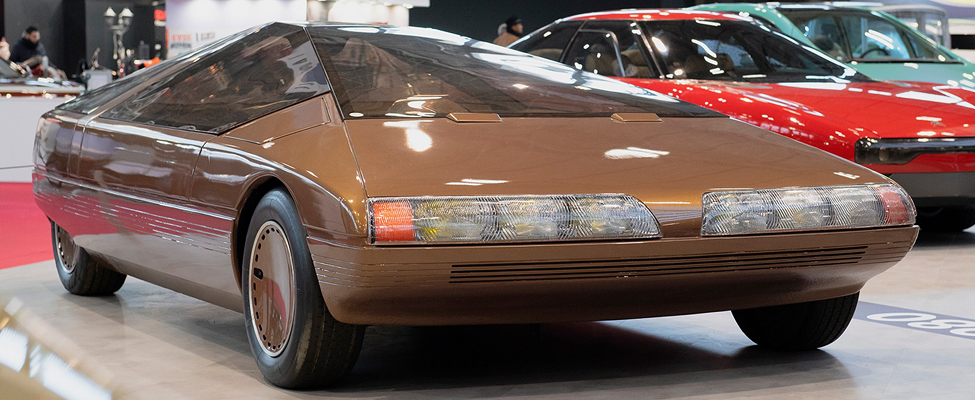
The pyramid-shaped Citroën Karin was presented at the Paris Motor Show in 1980. The unique three-seat layout put the driver in the middle between the two passengers. With a roof roughly the size of a sheet of paper, its pyramid shape made it a car washer’s dream but not necessarily road safe.
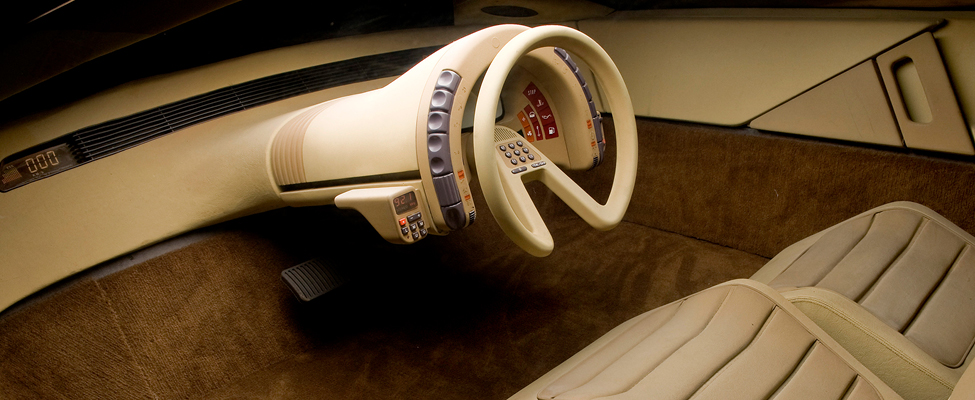
The floating control ring in the centre of a nonexistence dashboard housed all the gauges and steering wheel.
Plymouth Voyager III
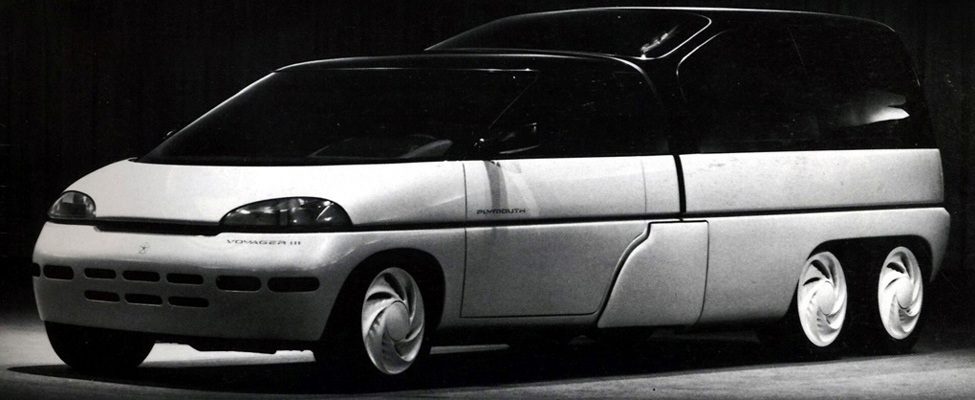
Designers built the 17-foot-long Plymouth Voyager III to resemble a Bond villain’s yacht. However, it looks more like a tractor-trailer is swallowing a minivan. The front detached into a three-passenger microcar that ‘docked’ into the larger, five-passenger van. Fueled by propane, the Plymouth Voyager claimed to be the ‘future of the minivan’ by solving air quality problems and traffic congestion issues.
Jaguar C-X75
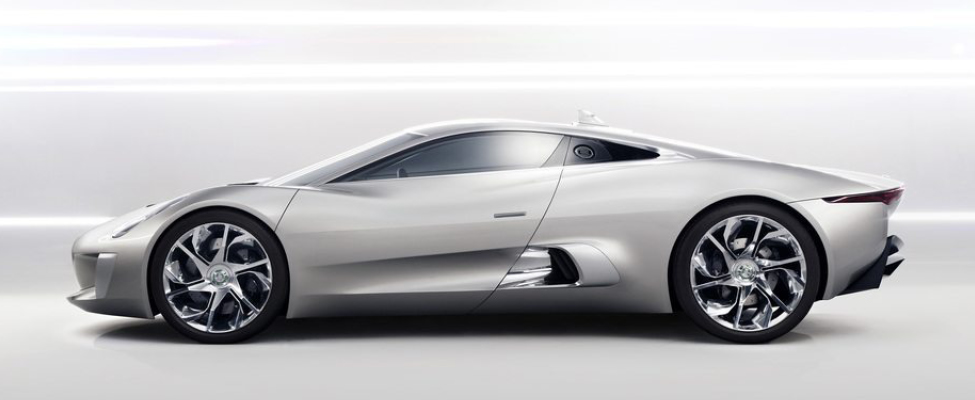
The Jaguar C-X75 is a 778-horsepower supercar with separate electric motors driving each wheel each and powered by two diesel-powered micro gas turbines. Due to the economic crisis in 2012, the C-X75 never went to production. So when seven models were specially built to star in the James Bond movie Spectre, Jaguar enthusiasts were ecstatic. Extremely quick and technologically innovative, the C-X75 remains a mythic figure within the Jaguar lineup.
Alfa Romeo Kamal
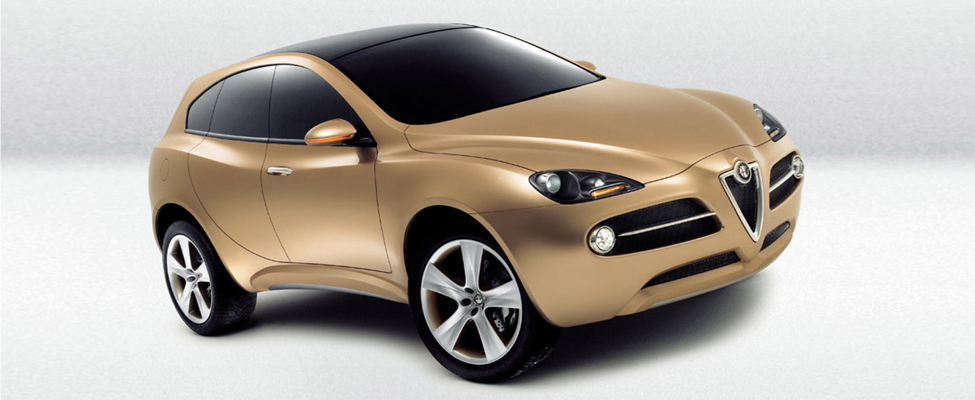
Before the Alfa Romeo Stelvio, there was the Kamal. Debuted at the 2003 Geneva Auto Show, the Kamal was Alfa Romeo’s idea of a quick, sporty SUV capable of holding its own off the beaten path. Advertised with a spacious trunk and a transparent roof, no images of the interior cabin were ever officially released.
Audi Quattro Spyder
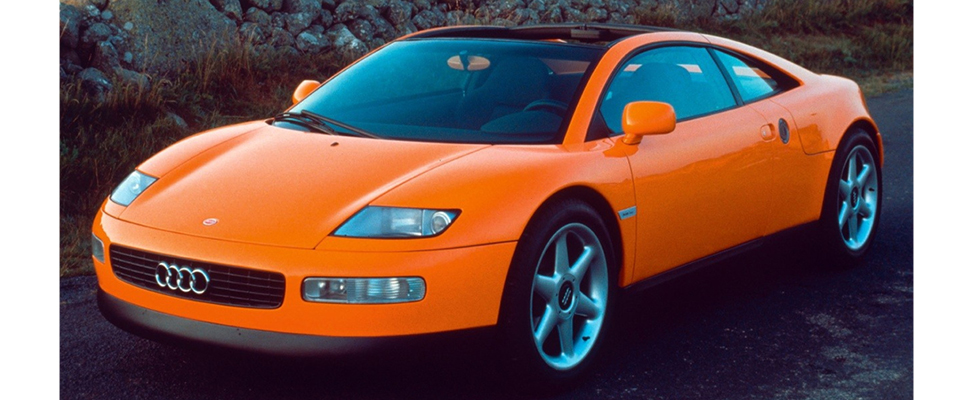
With all-wheel drive and mid-engined, the Audi Quattro Spyder concept was the Audi R8 of the 1990s. After its debut at the 1991 Frankfurt Motor Show, dealers reported thousands of advance orders. Audi began production on advertising material but the Quattro Spyder would never join the Audi catalogue. Unfortunately, the project was cancelled due to production costs.
Mercedes-Benz EQ Silver Arrow
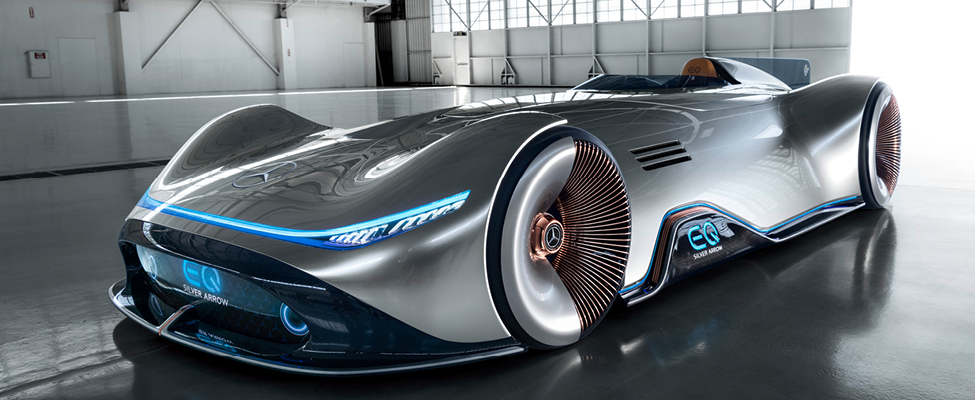
The Mercedes-Benz EQ Silver Arrow is a race car from the 1930s with a 2018 makeover. Paying homage to the record-setting W125 Silver Arrow, first raced in 1937, the EQ Silver Arrow fuses old and new-school design. Its 720-horsepower battery-electric powertrain demonstrates Mercedes’ advancements in electrification, lightweight materials, and infotainment technology.
Unveiled at the 2018 Pebble Beach Concours d’Elegance, Mercedes-Benz clearly stated there were no production plans in mind. The closest street-legal vehicle available for purchase is the Mercedes-AMG One.
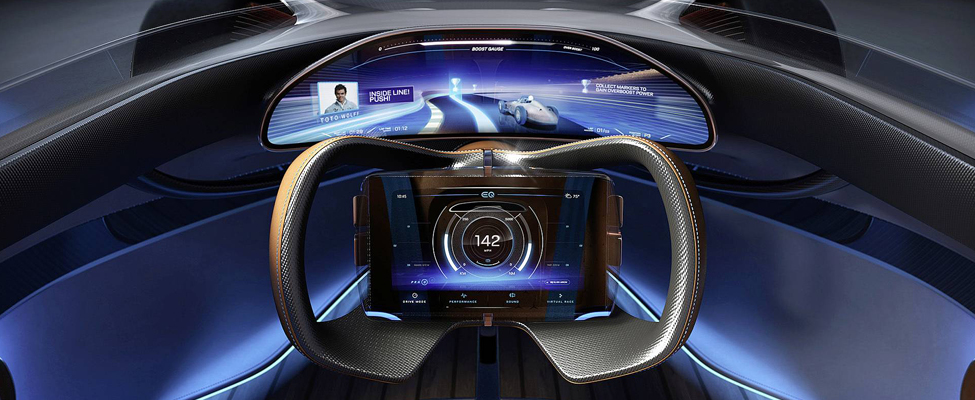
Two screens face the driver. The first, embedded in the rectangular steering wheel, is a touch-sensitive unit that displays speed, the motor’s real-time power output, and the outside temperature. While the second, much wider screen places a virtual racetrack over a digital representation of the road to let the driver compete against the computer in a current or classic Silver Arrow.
Ford X-2000
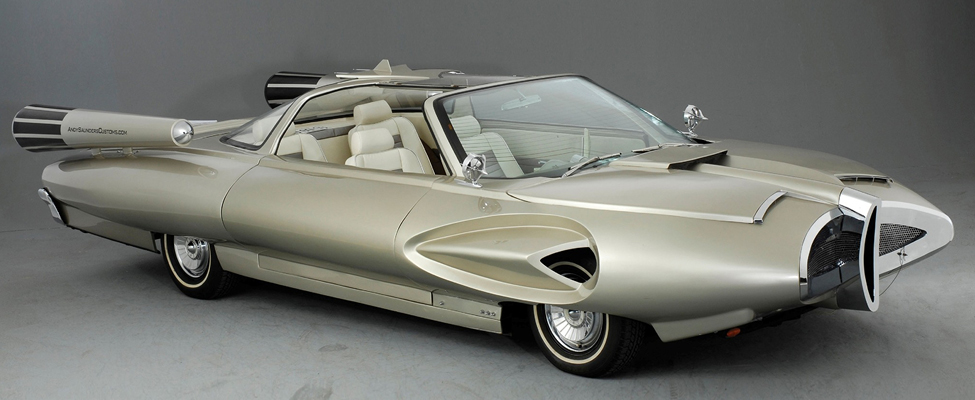
In the 1950s, the world’s fascination with space was at its peak. Automakers tried their hand at predicting what vehicles would look like in the ‘space-age’ and the 1958 X-2000 was Ford’s answer. Outfitted with a V8 engine that outputs 220 horsepower and coupled with an automatic transmission, the X-2000 was originally just a scale model. From 1994 to 1996, English enthusiast Andy Saunders built a functional replica after seeing the X-2000 in a magazine.
Mitsubishi Concept-RA
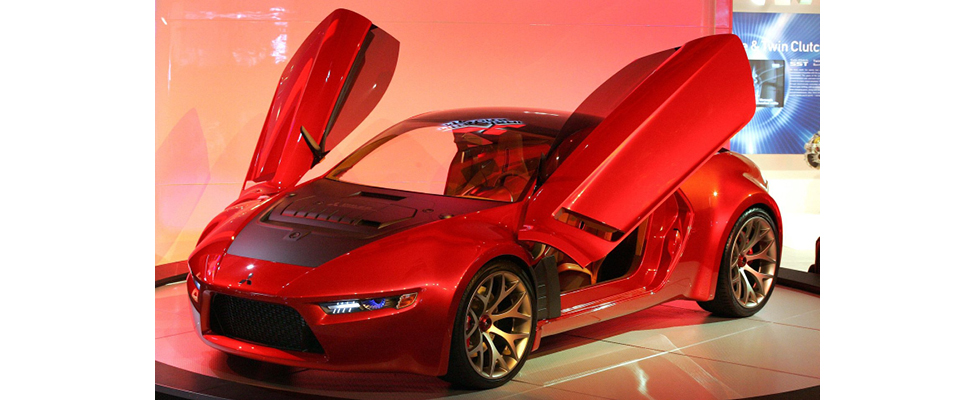
The Mitsubishi Concept-RA was introduced at the New York Auto Show in 2008. It features recyclable plastic resin body panels and a four-cylinder turbodiesel engine. The Japanese automaker aimed to fuse environmental sensitivity with high performance. Although the economic recession crushed any plans for a production variant, its high performance, low emission concept foreshadowed the PHEV.
Mercedes-Benz Ener-G-Force
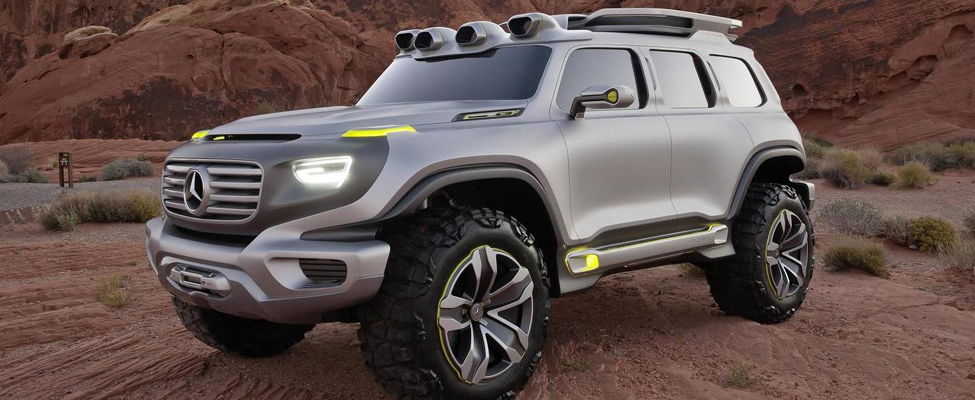
The Mercedes-Benz Ener-G-Force was a vision for the G-Wagon of the future. It was pitched as a “Highway Patrol Vehicle of 2025” as part of the 2012 Los Angeles Design Challenge. It had a fuel cell drivetrain with roof-mounted tanks feeding recycled water for conversion into energy. Estimated to have a 500-mile range and enough off-roading capability to climb a cliff, the Ener-G-Force demonstrates extreme eco-friendliness and intense performance.
Maserati Birdcage 75th
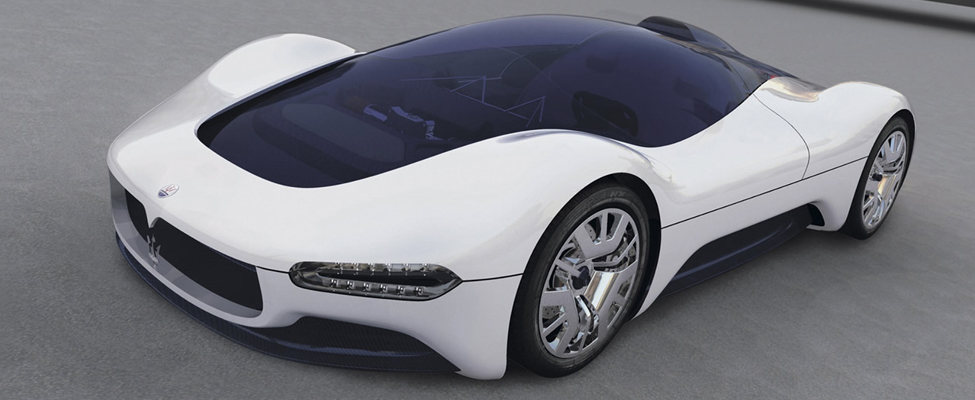
In 2005, Maserati created a concept that was inspired by the Maserati Tipo 63 race car, which was nicknamed the “birdcage” because of its intricate tubular space frame chassis. It had a 6.0-liter V12 engine, made over 700 horsepower and had no doors. Instead, you could lift the top off to climb in or out. A heads-up display is projected on to a clear panel raised in the centre of the dash. Despite the many rave reviews in shows, Maserati insisted this was only a prototype.
Mercedes-Benz VRC Concept
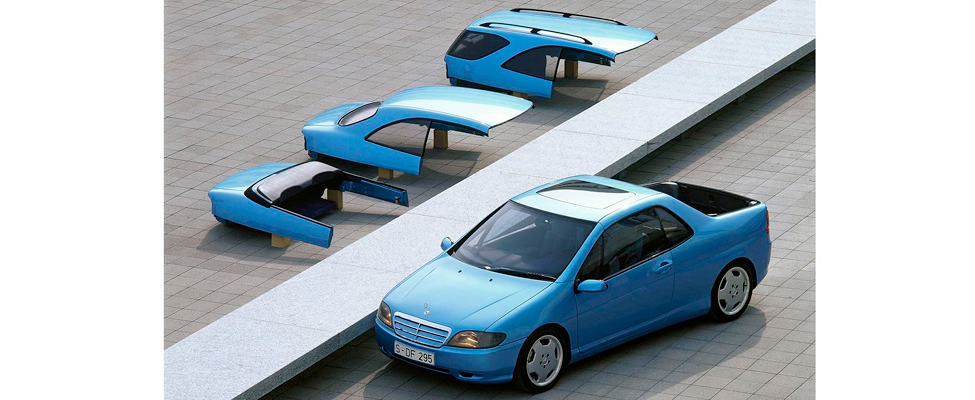
Why buy four cars when you can have just one in four different body styles? That was Mercedes-Benz’s vision for the VRC Concept car, introduced at the Geneva Motor Show in 1995. This four-in-one car could transform from a sedan, to a van, to a convertible, and then to a pickup truck in about 15 minutes. Drivers, in theory, could stop at a dealer, choose their desired carbon-fiber body panels, and technicians could switch them out as needed.
Ford Airstream
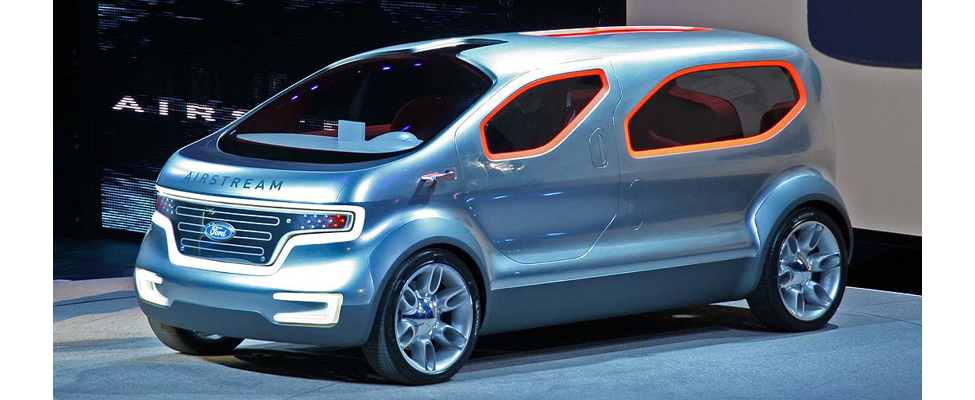
The Ford Airstream, introduced at the 2007 North American International Auto Show, pays tribute to both Stanley Kubrick 1960’s cult film 2001: A Space Odyssey and Airstream trailers. A hybrid fuel-cell powers this retro-futuristic crossover vehicle and its reflective bodypaint intentionally resembles aluminum.
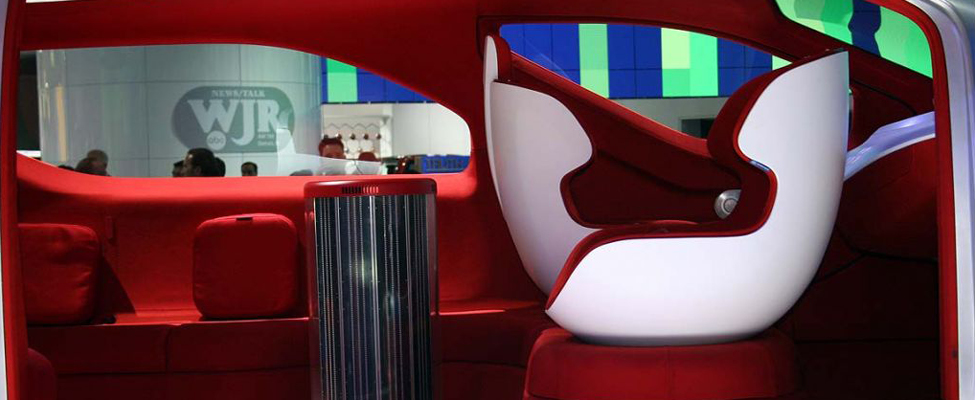
On the interior, the pod-shaped swiveling captain’s chairs rotate so the driver and front-seat passenger can easily socialize. The focal point of the cabin is a cylindrical LED video screen that can project everything from DVDs to virtual ‘mood’ effects, like a log fire or lava lamp.
Audi RSQ
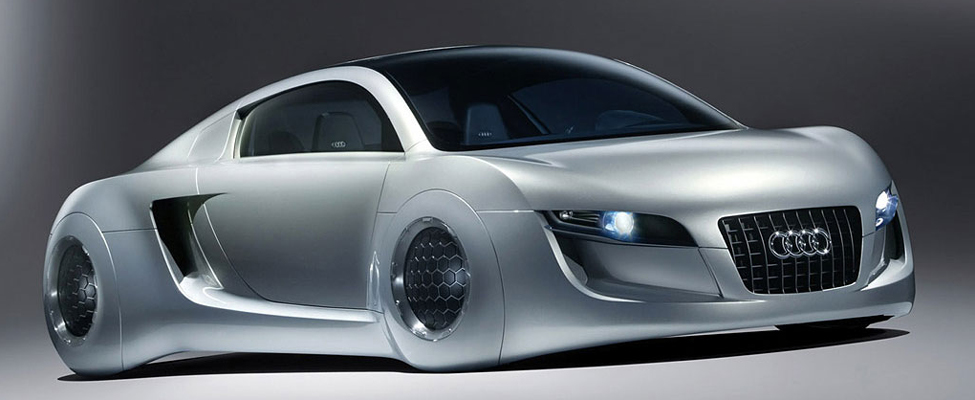
The Audi RSQ was created specifically for the 2004 sci-fi film, I, Robot. Set in 2035, Audi created a concept car that fits seamlessly in the movie while still remaining recognizably Audi. Given only ten weeks to build the car, designers dramatically installed butterfly doors, developed spherical wheels, and an out-of-this-world interior.
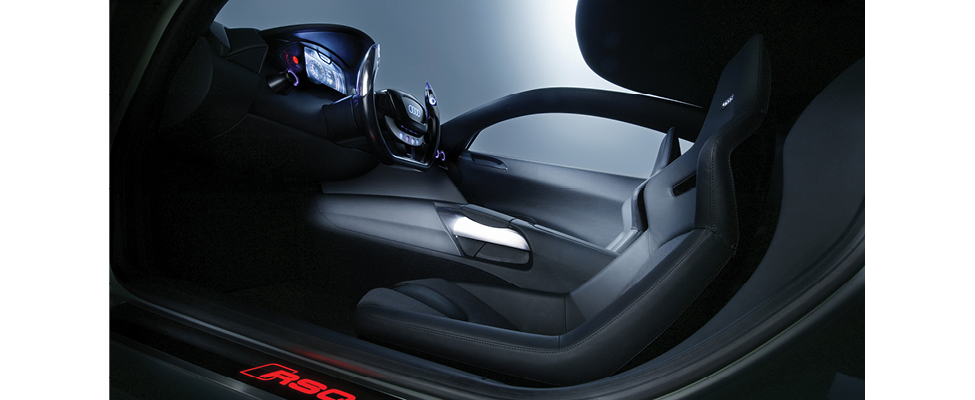
Porsche Panamericana
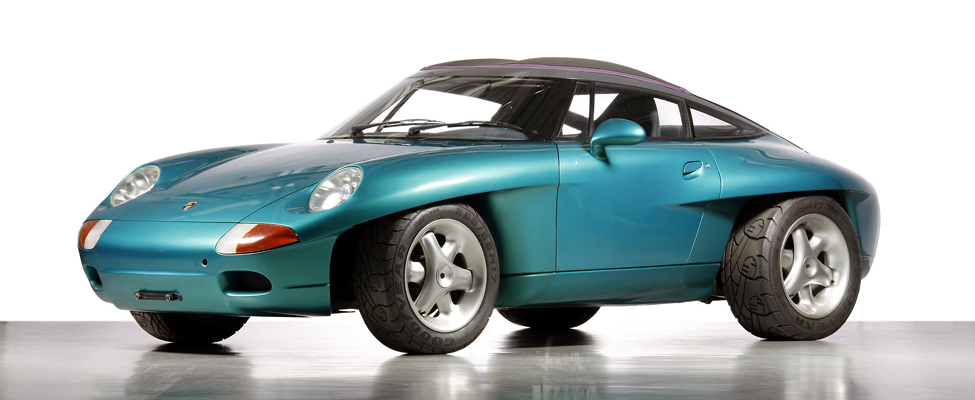
The 911 Panamericana was presented at the 1989 Frankfurt Motor Show as a gift to mark Ferry Porsche’s 80th birthday. Designed and developed in just six months, the Panamericana was essentially a lifted Carrera with a new carbon fiber composite body and a fabric roof secured by a purple zipper. Unfortunately, the global financial crisis locked this concept in the Porsche vault forever.
These vehicles were all engineered to inspire wonder in their drivers and push the limits of what a conventional automobile looks like, drives like or is capable of. Although none of these vehicles made it to production, they all definitely made an impression. Which one is your favourite?




